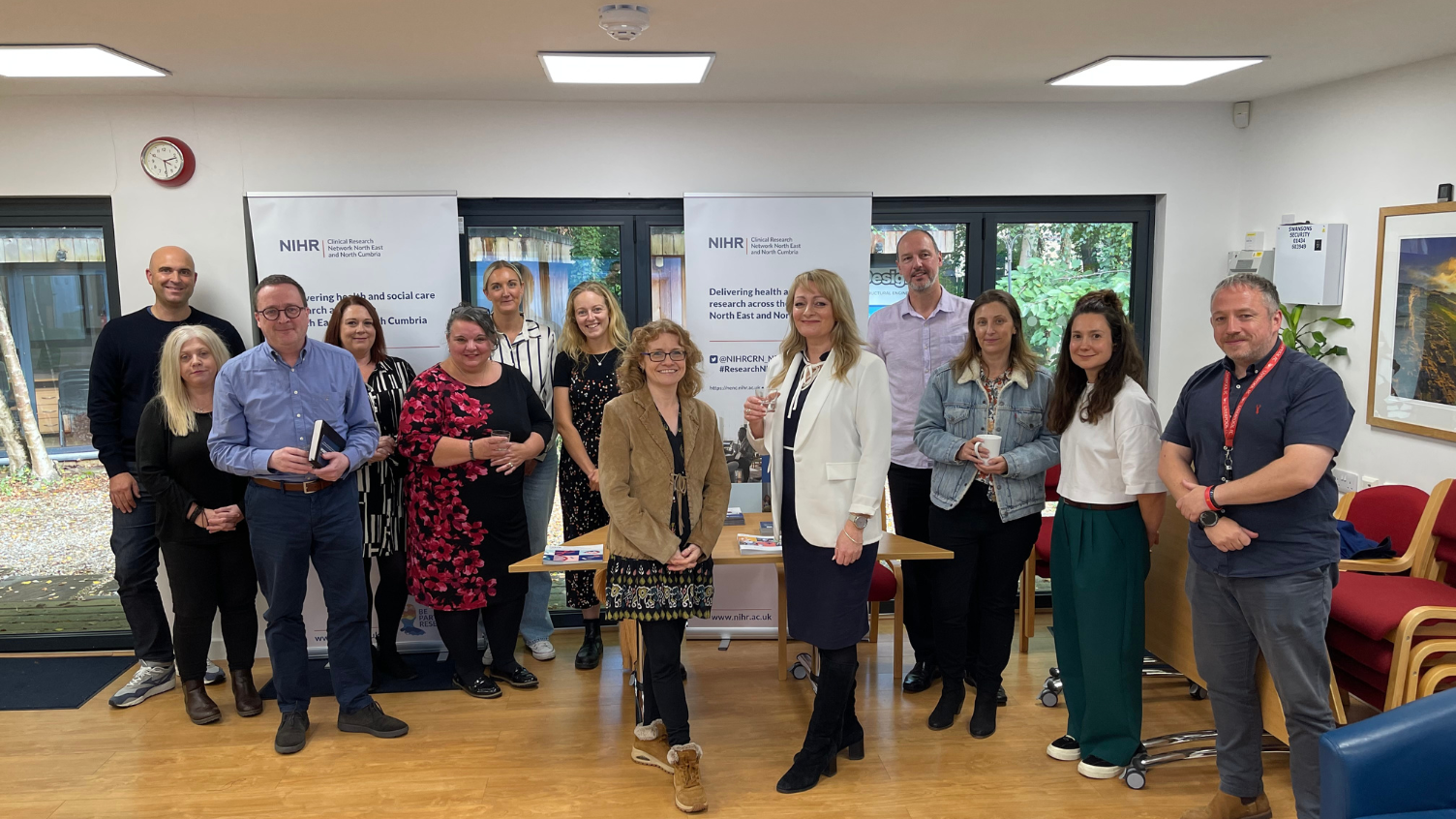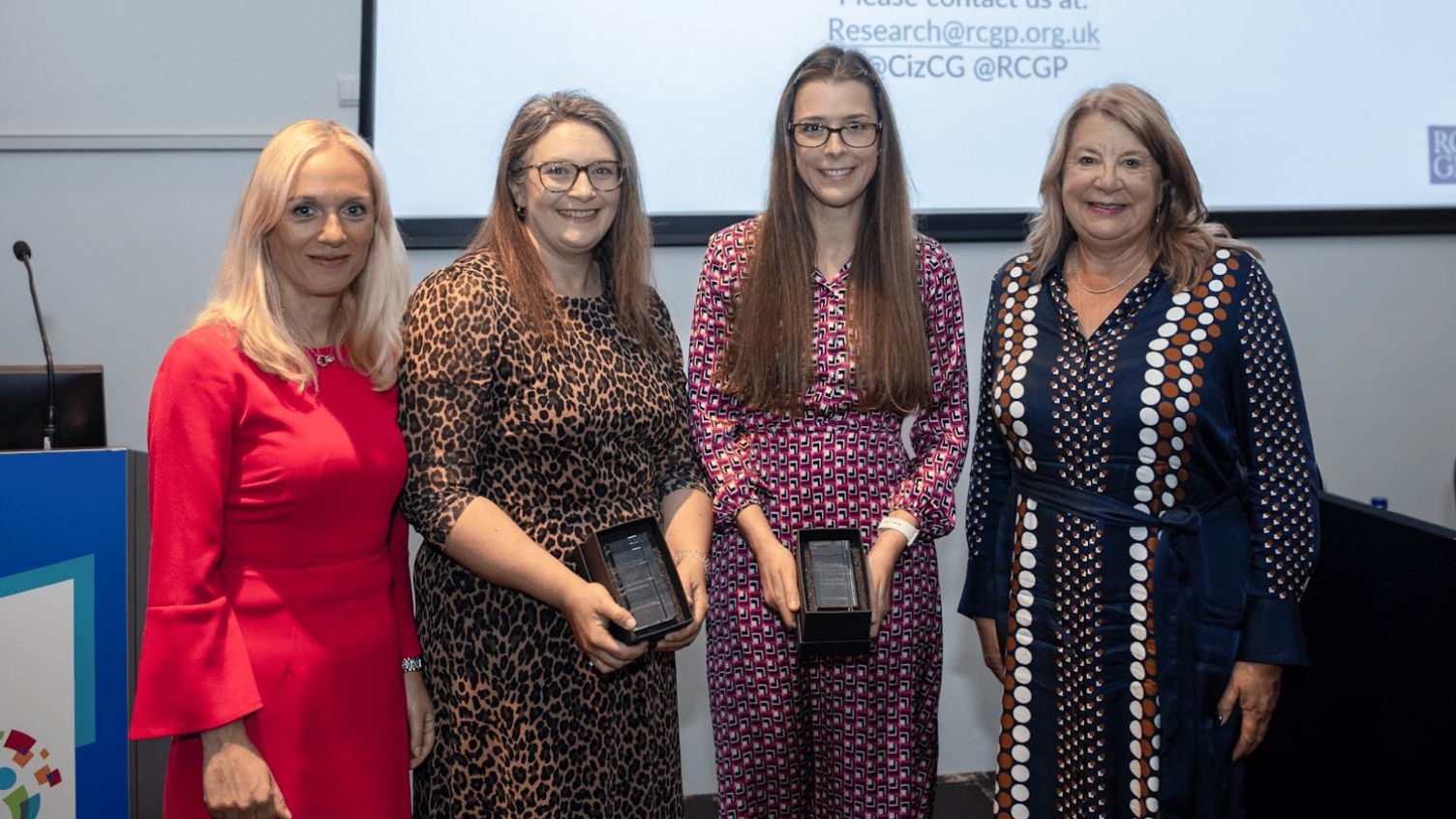10 out of 10 - ten of the greatest health-changing research studies, to have taken place in North Thames over ten years of the CRN
- 24 April 2024
- 2 min read
The NIHR Clinical Research Network was formed 10 years ago, in April 2014. To reflect on its mission to support clinical research, we are taking this opportunity to look back on the 10 years of its existence, and revisit some of the incredible research to emerge in the region that has had an impact on treatments and on the health and wellbeing of patients across the UK.
What aspect of health did this research focus on?
Oral and Dental Health.
What was the study investigating?
Whether a new sealing-in material could effectively replace traditional fillings and successfully negate the need for anaesthetic and drilling, particularly in children.
Why does it matter?
Tooth decay is the most common disease affecting humans (60-90% of children and 100% of adults) and is a global public health problem. It causes severe pain, infection and reduced quality of life in people of all ages; in the UK it is the most common reason for children to be admitted to hospital.
Treatment of tooth decay is particularly challenging in children as it involves removal of the diseased tissue (drilling) and tooth repair (placing a filling material), a potentially lengthy procedure and one requiring local anaesthetic. Despite a very high NHS bill (£3.4 billion each year), treating tooth decay is often hampered by the limited lifespan of fillings, and decay may reoccur.
What did the study do?
SMART (Self-adhesive Material for Atraumatic Restoration of Teeth) was developed following consultations with patient groups, clinicians, industry, and regulatory advisors. Professors Young and Ashley of University College London (UCL) / University College London Hospitals NHS Foundation Trust (UCLH), secured NIHR funding to finalise their pre-clinical work and with additional support from industry and UCLH Biomedical Research Centre (BRC), conducted their first-in-human clinical trial in 2019.
SMART was applied directly to the decayed tooth and set with blue light exposure.
What did we learn?
The trial demonstrated that in less than five minutes the SMART material can be applied and will penetrate decayed tooth structures. SMART set quickly, halting disease and restoring original tooth appearance and strength.
How has it benefited patient healthcare and treatments?
The new non-invasive sealing-in material can replace the need for anaesthetic and drilling, as well as reducing the time and cost.
SMART is also antibacterial and can also encourage natural tooth self-protection mechanisms.
What next?
The research team is running a Phase II trial to obtain CE marking and progress towards bringing SMART into clinics. Work has also begun on extending SMART’s use to other applications in adult dental treatment, especially in high-risk care home residents, and as a cement alternative in orthopaedics.
Due to its simplified procedure, high efficacy and reduced costs, benefits of SMART in less affluent countries, where access to dental facilities and expertise is limited or unaffordable, would be especially significant.


